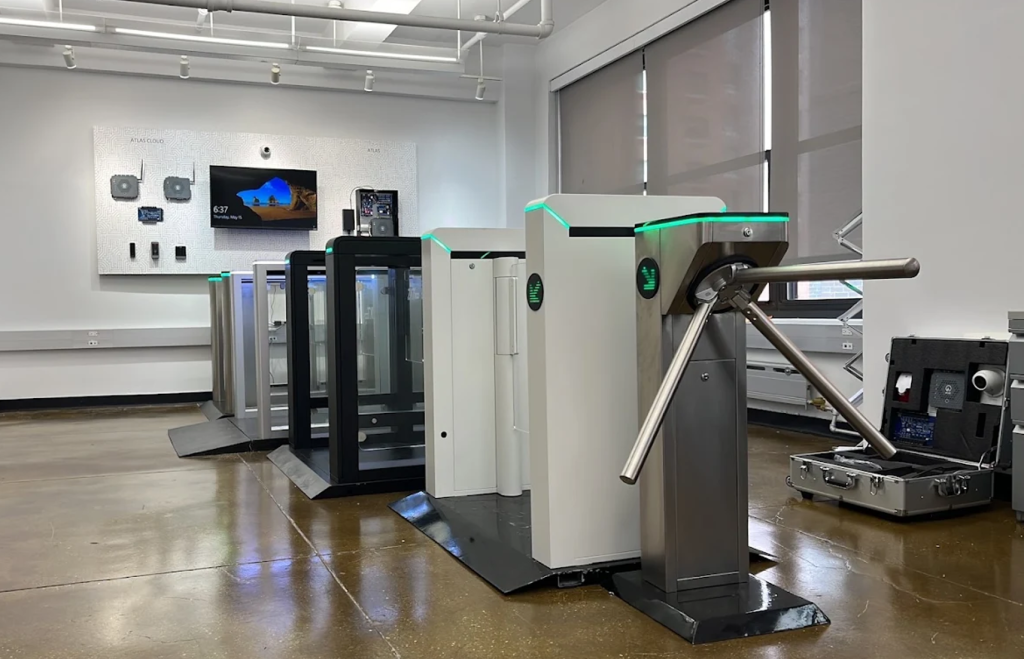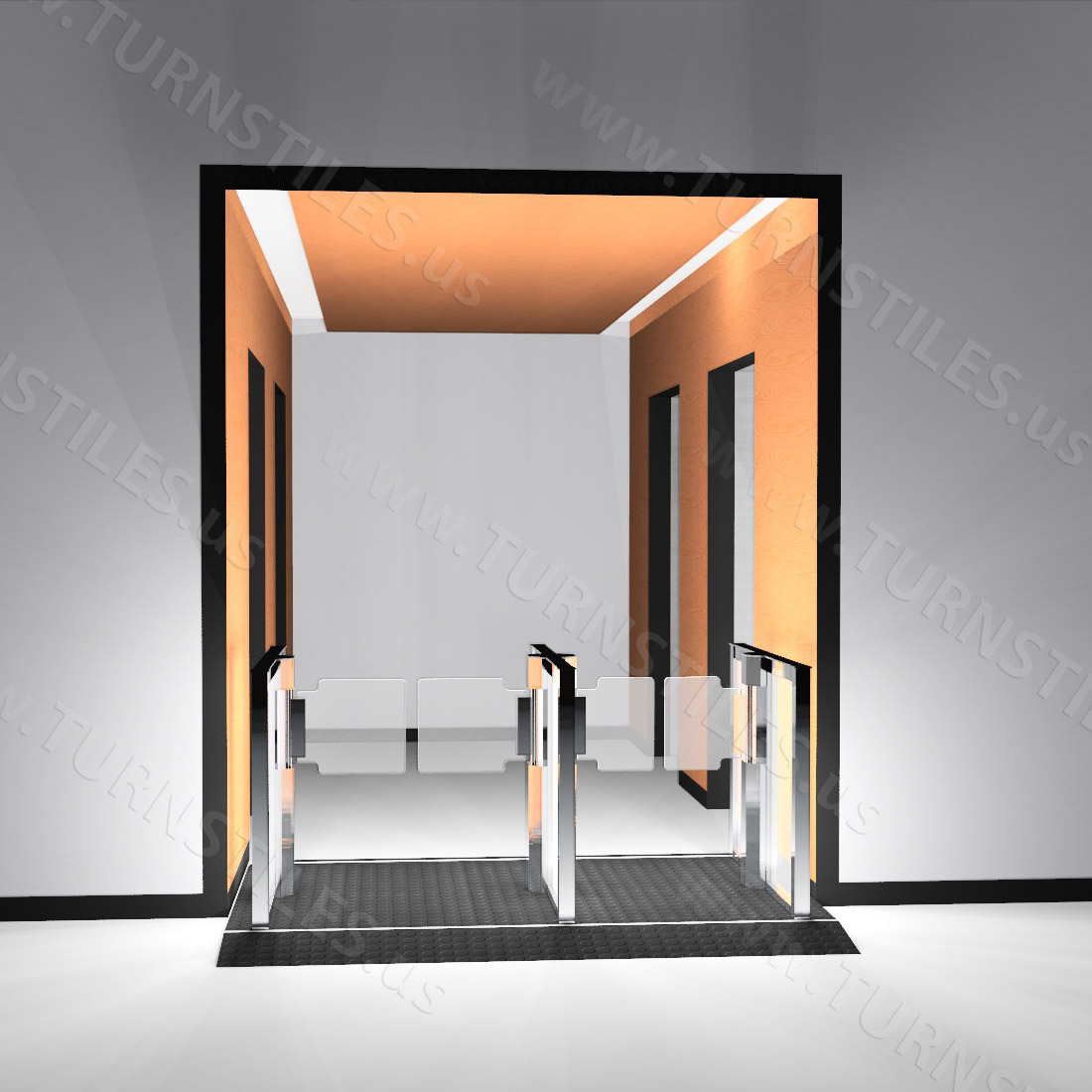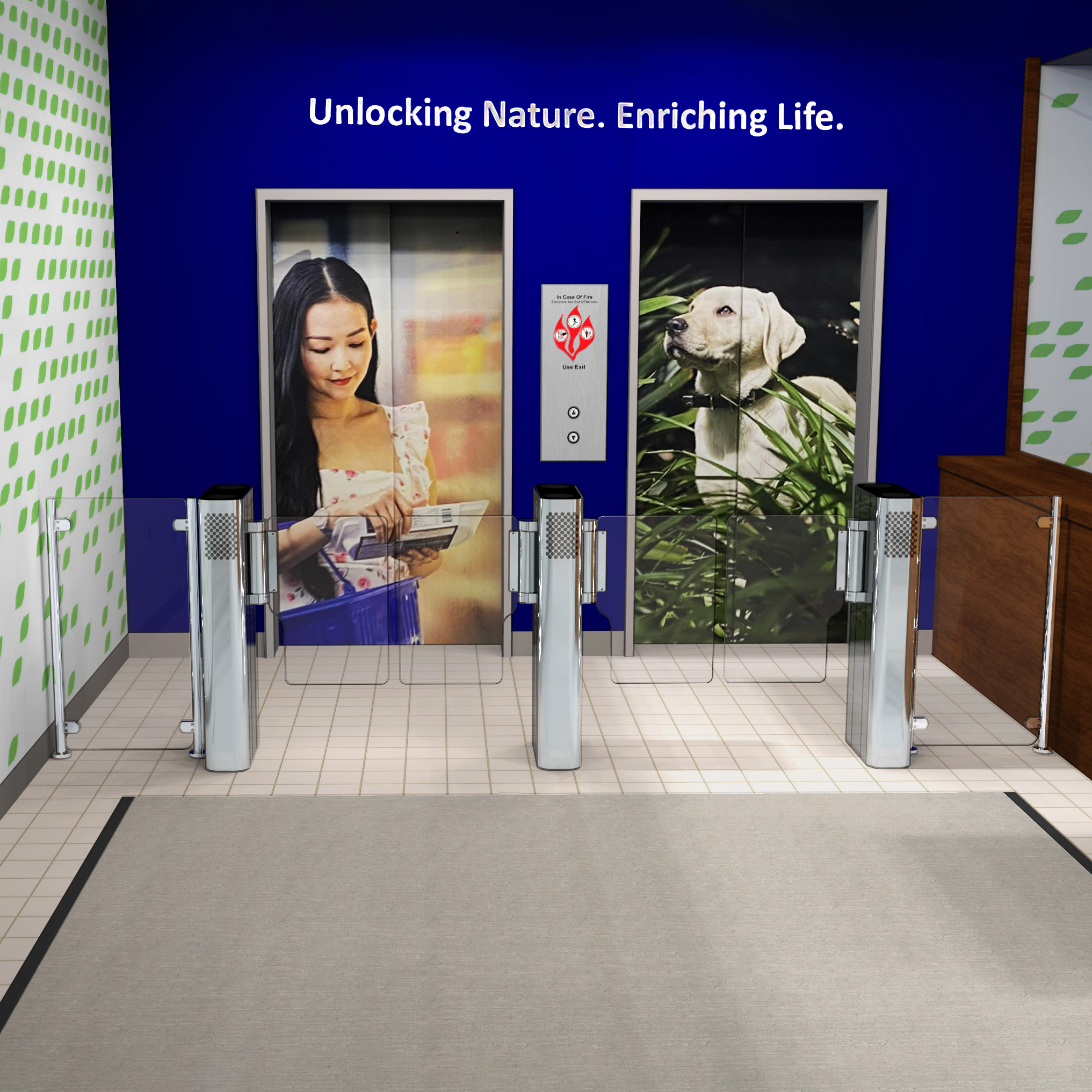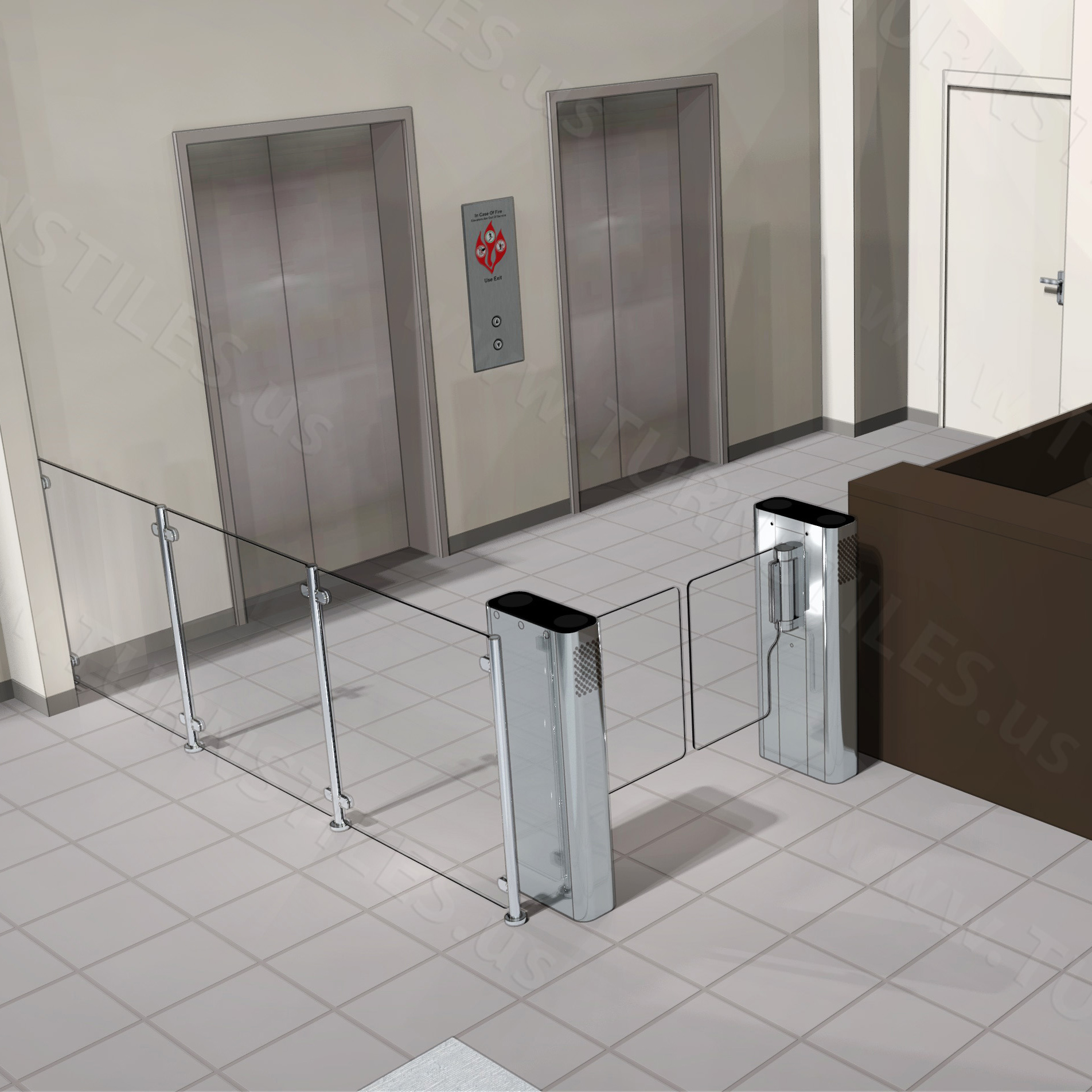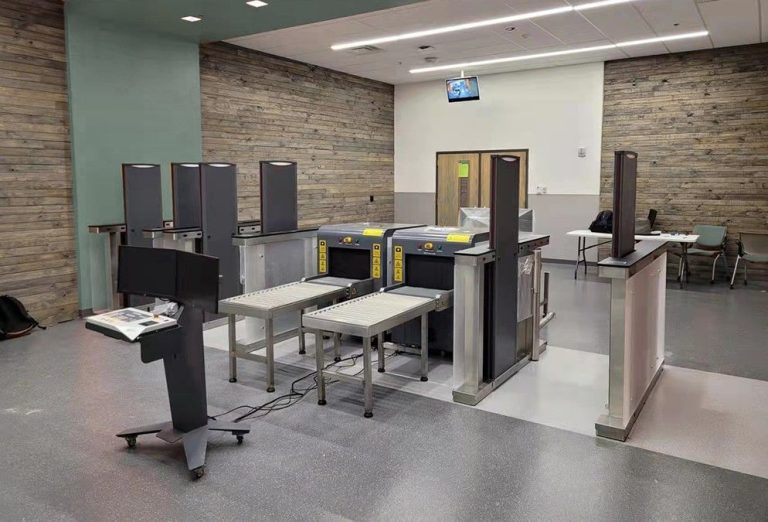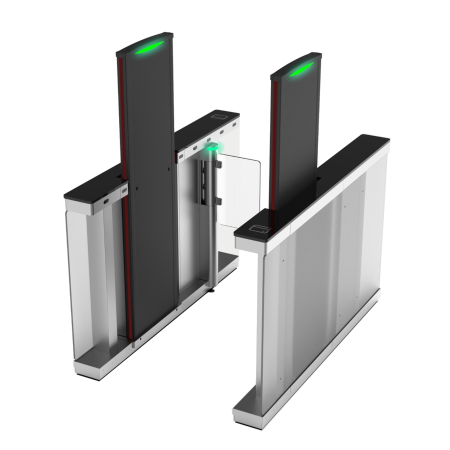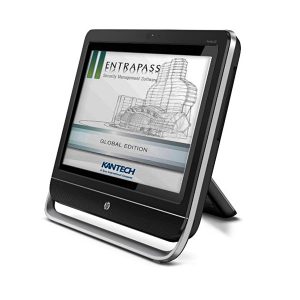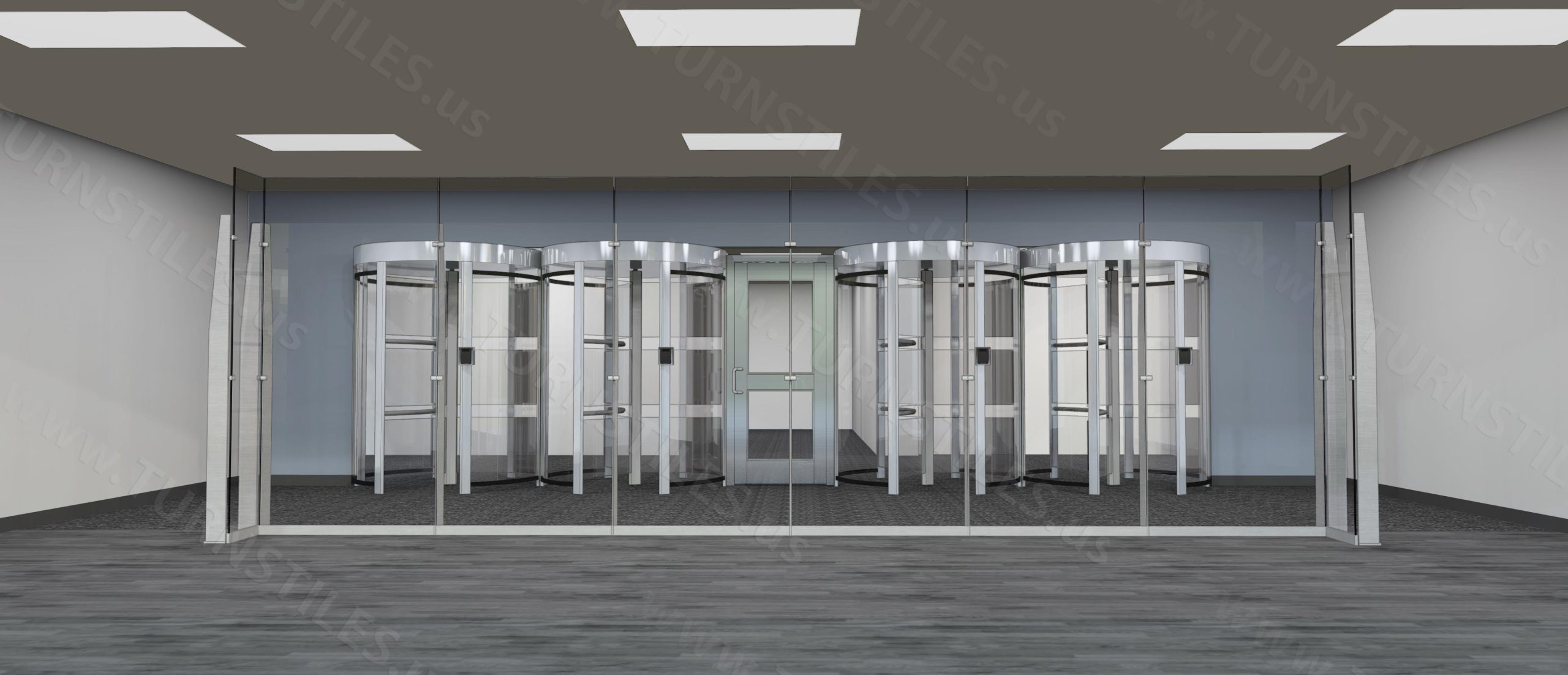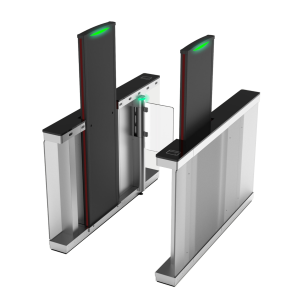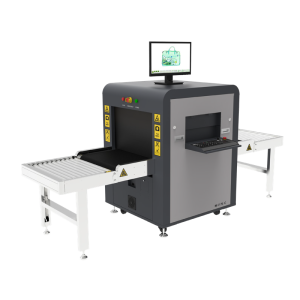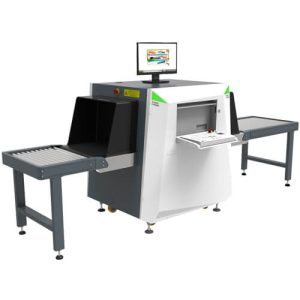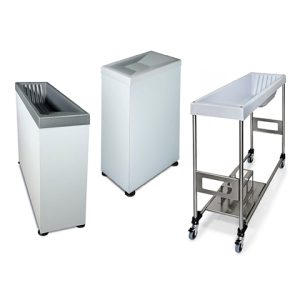Elevator Lobby Security, Reinvented.
Smart Access. Real Protection. NYC-Ready.
www.TURNSTILES.nyc is your local resource for next-generation building access control, tailored to the unique demands of New York City properties.
From high-rise office towers to residential lobbies, we specialize in elevating front-line defense systems – with solutions that blend into your architecture while addressing today’s most pressing safety concerns.
Why Focus on Elevator Lobbies?
Security isn’t just about the front door.
The elevator lobby is a critical threshold, often overlooked, yet vital for detection, containment, and emergency response. Our systems are designed to detect, deter, and delay unauthorized access before it becomes a threat to other floors.
Our Solutions Include:
-
Tailgate Detection – Stops unauthorized entry without slowing flow
-
Weapons Screening – Integrated metal detection & discreet scanners
-
Multi-Factor Access – Biometric, fob, keypad, and mobile credentials
-
AI-Driven CCTV – Detects unusual behavior before it escalates
-
Elegant Turnstiles – Slim, secure, and architecturally adaptive
-
Bullet-Resistant Barriers – Added protection where it matters most
Cronus Turnstile with Metal Detection
KEY FEATURES
Combines optical turnstile + metal detection
Open top design, no overhead panel
15-zone adjustable metal detection
10 customizable operational modes
Dual authentication (ID + metal scan)
Compact size fits tight lobby spaces
Stainless steel, high-durability build
10M-cycle brushless motor
LED alerts + audio guidance
Low false alarm rate, even in high-traffic areas
EntraPASS Global Access Control
KEY FEATURES
Manages unlimited users, 1000+ doors
A redundant server can save mirror backups
Remote control via web + mobile apps
Alarm, anti-passback, guard tour tools
Integrates with Windows login (SSO)
Works with video, intrusion, IoT systems
Triple-swipe triggers for custom actions
Secure, embedded SQL database
Program to automate doors, lighting, video, and alarms
Supports 200+ remote users simultaneously
Total Building Security Solutions
With a combination of turnstiles, scanners, and partitions, we design integrated lobby defense systems from front desk to elevator bay.
Visitors want to move quickly through security checkpoints at a seamless pace, knowing they’re well-protected everywhere inside your venue – while your security teams want the assurance that they can reliably pinpoint and stop threats.
Bullet-resistant partitions, weapons, and metal detection units can be integrated with our turnstiles and gates for automatic intelligent access control with EntraPASS.
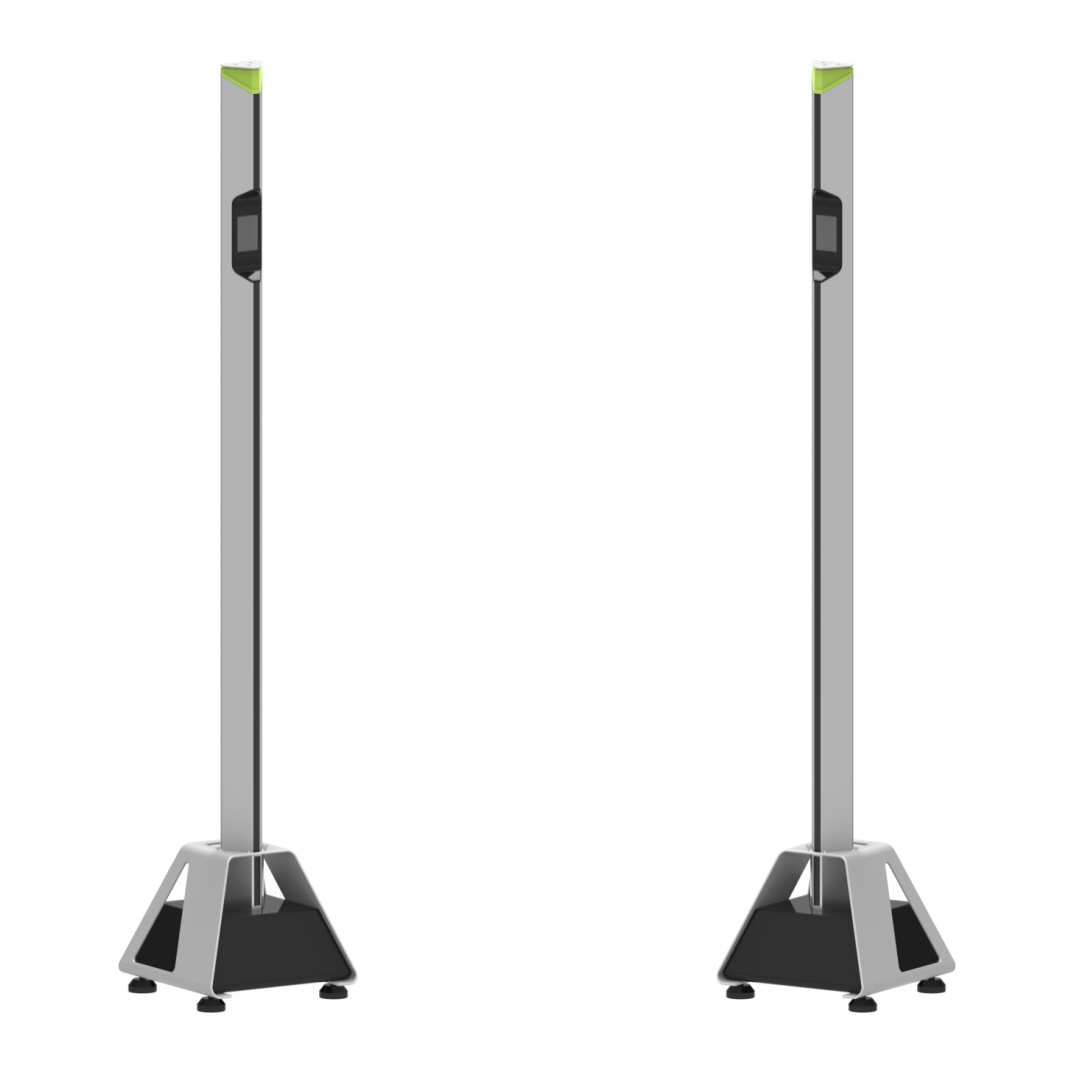
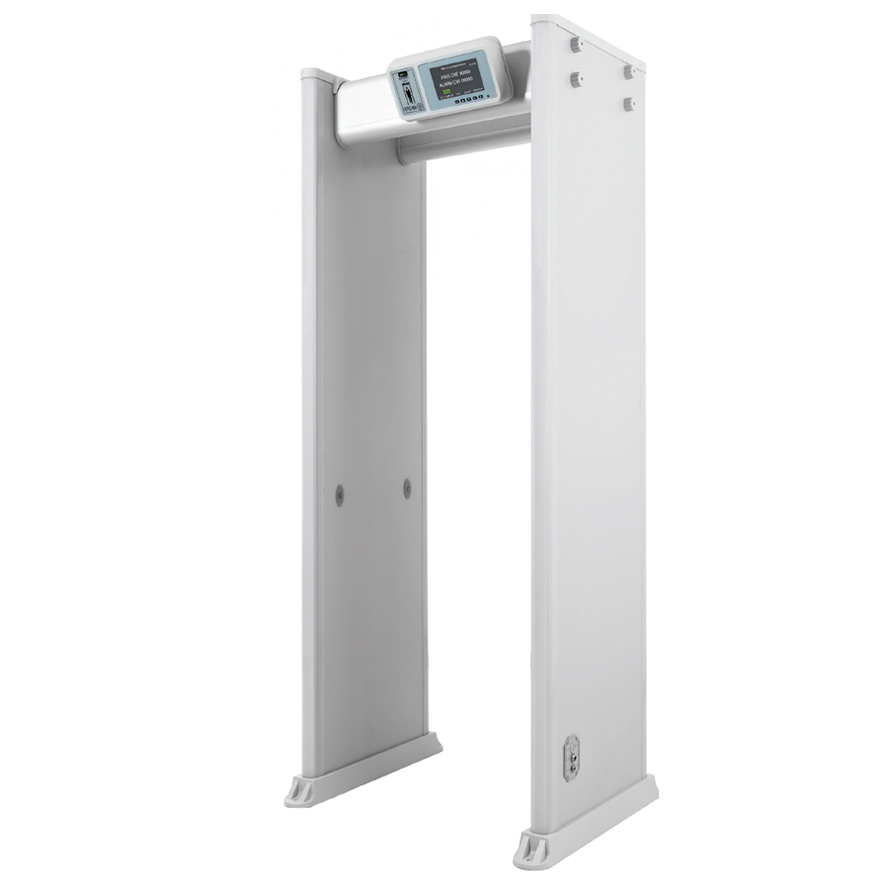
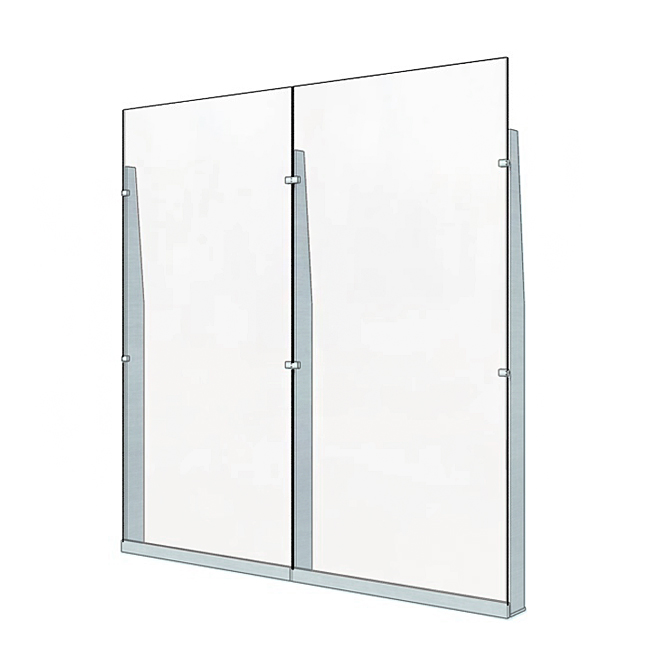
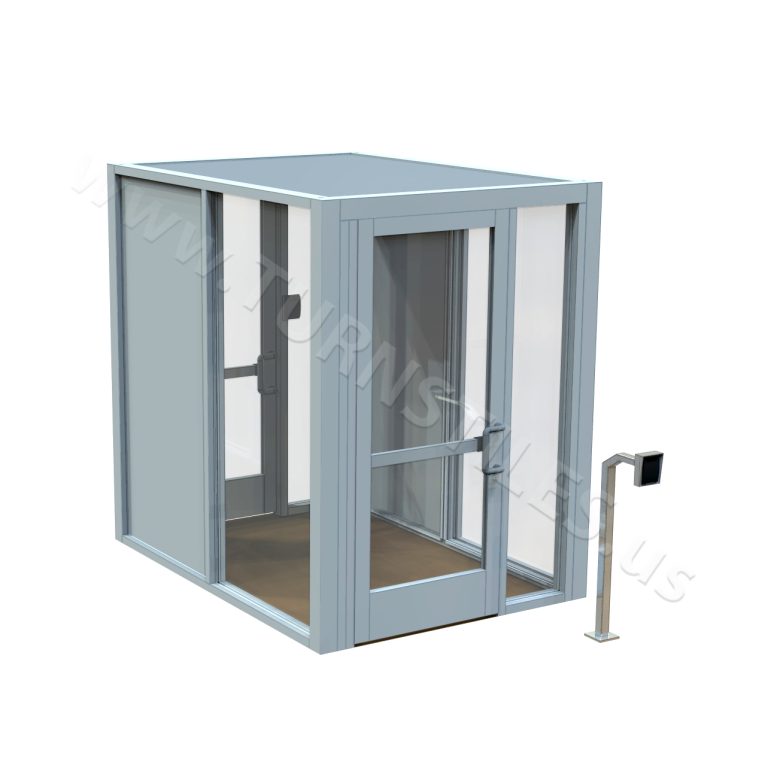
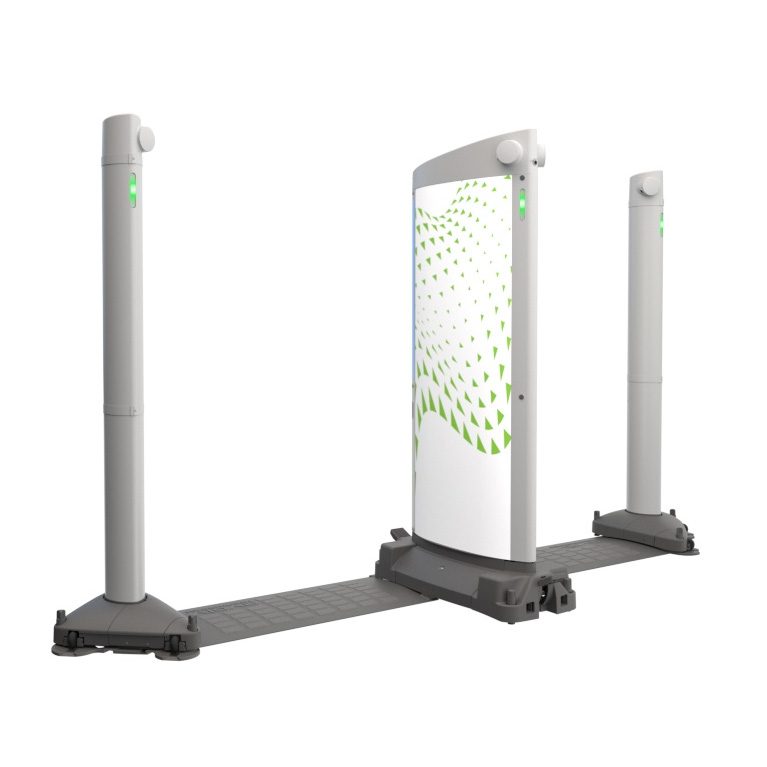
Some of Our Designs

TURNSTILES.us and ZKTeco USA Partnership
Together, we offer innovative turnstile solutions that combine metal detection, biometric access, and advanced security integrations.
Visit the Experience Center in NYC
Our New York City Experience Center offers a firsthand look at the cutting-edge systems behind our elevator lobby solutions.
- Watch Live Product Demonstrations
- Engage with Product Experts
- Explore Integrated Systems
- Attend Trainings & Workshops
Want to visit? TURNSTILES.nyc will help coordinate your appointment.
